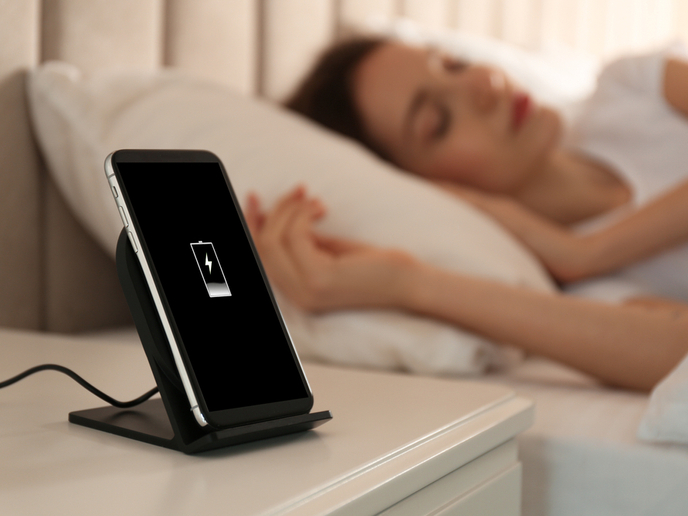Why can’t I charge my phone in two seconds?
At its simplest, a battery is two electrodes made of different compounds separated by a chemical medium that allows charge to flow from one electrode to the other. Chemical reactions between the electrodes and the electrolyte create a surplus of electrons at one terminal and a demand for them at the other, causing electrons – and therefore electricity – to flow through a connected circuit. Electricity moves fast, but charging a battery doesn’t only move electrons – it also moves larger, heavier ions. “A battery is essentially a box, electrons flow from one to the other side, and outside the battery this creates current,” explains Palacín. “To compensate, ions flow from one electrode to the other inside the battery.” Trying to speed up how quickly the ions move through the electrolyte seems to be the simple answer for a quick-charging battery, but ions don’t like to be hurried: do it and you’re likely to see other chemical reactions take place, degrading the materials and the performance of the battery. In fact, there are two competing design principles in battery design, says Palacín – optimising for energy content or optimising for power delivery. “You can make the electrode very thick, this means the amount of active material is at maximum,” she says. “This offers a lot of ions (energy) per kilogram, but these ions have to travel the thickness of the electrode, which takes time.” This is suitable for batteries which need to hold onto a lot of charge and deliver it slowly. Alternatively, batteries can have thin electrodes, and so fewer active compounds per kilogram of battery. These hold less charge than high-energy batteries, but are able to deliver power – and receive it – much faster. Palacín, a research professor at the Institute of Materials Science of Barcelona(opens in new window), Spain, is working on a new generation of batteries. Following the evolution of bulky nickel-cadmium batteries of the 1990s to the current generation of lithium-ion batteries, Palacín is leading EU-funded efforts to develop a new type of battery based on calcium. Yet no matter the material inside, chemical processes within a battery, such as heating and the growth of tiny projections called dendrites at the electrodes, make the charging process a complicated endeavour. Trying to fill the battery in a couple of seconds would be like trying to give your houseplants a year’s worth of water in one go, says Palacín. For this reason, most modern devices, including smartphones, have dedicated battery management software that tries to balance the speed of charging with the battery’s long-term health. So it might not charge in a few seconds – but at least it will still be holding a charge in a year’s time. Click here to find out more about María Rosa Palacín’s research: Building a better battery.



